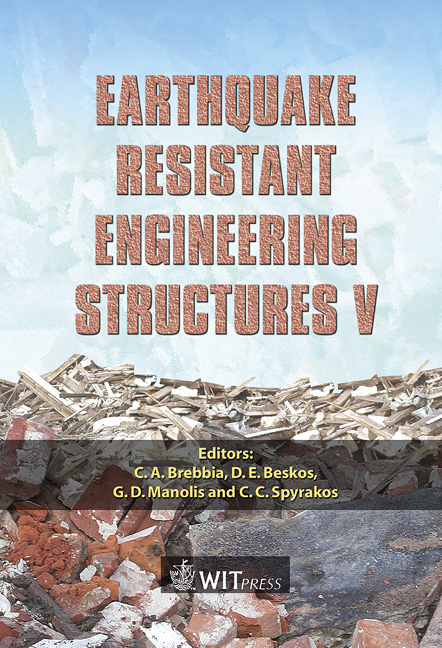Towards An Industrialisation And Standardisation Of Earthquake Isolators: A Case Study
Price
Free (open access)
Transaction
Volume
81
Pages
11
Published
2005
Size
1,847 kb
Paper DOI
10.2495/ERES050631
Copyright
WIT Press
Author(s)
M. C. Phocas & A. Pocanschi
Abstract
Base isolation of buildings has proven over the last years through international research and implementation activities to be mostly promising for earthquake safety. Nevertheless for the practicing engineer all presently available isolator devices are restricted to relatively difficult application procedures due to a lack of supporting frame conditions from the respective national earthquake codes. For enabling an industrialisation, standardisation and economic effectiveness, as regards different isolation needs, seismic sites and vertical loading conditions resulting from the building construction typology, as well as a non special skill demanding construction in conventional low-rise residential buildings, an innovative series of adaptable isolators with a highly flexible set up has been developed. Following the construction development of the isolator the elastic and hysteretic behaviour of prototypes under different vertical loading have been investigated in 1:1 scale in dynamic laboratory tests. Their mechanical properties have been determined and the respective linear-equivalent SDOF systems have been analysed in the time-history range for ten characteristic earthquake components of the Greek Mediterranean region. Keywords: structural control, base isolation, dynamic loading tests, hysteretic behaviour, seismic performance.
Keywords
structural control, base isolation, dynamic loading tests, hysteretic behaviour, seismic performance.





